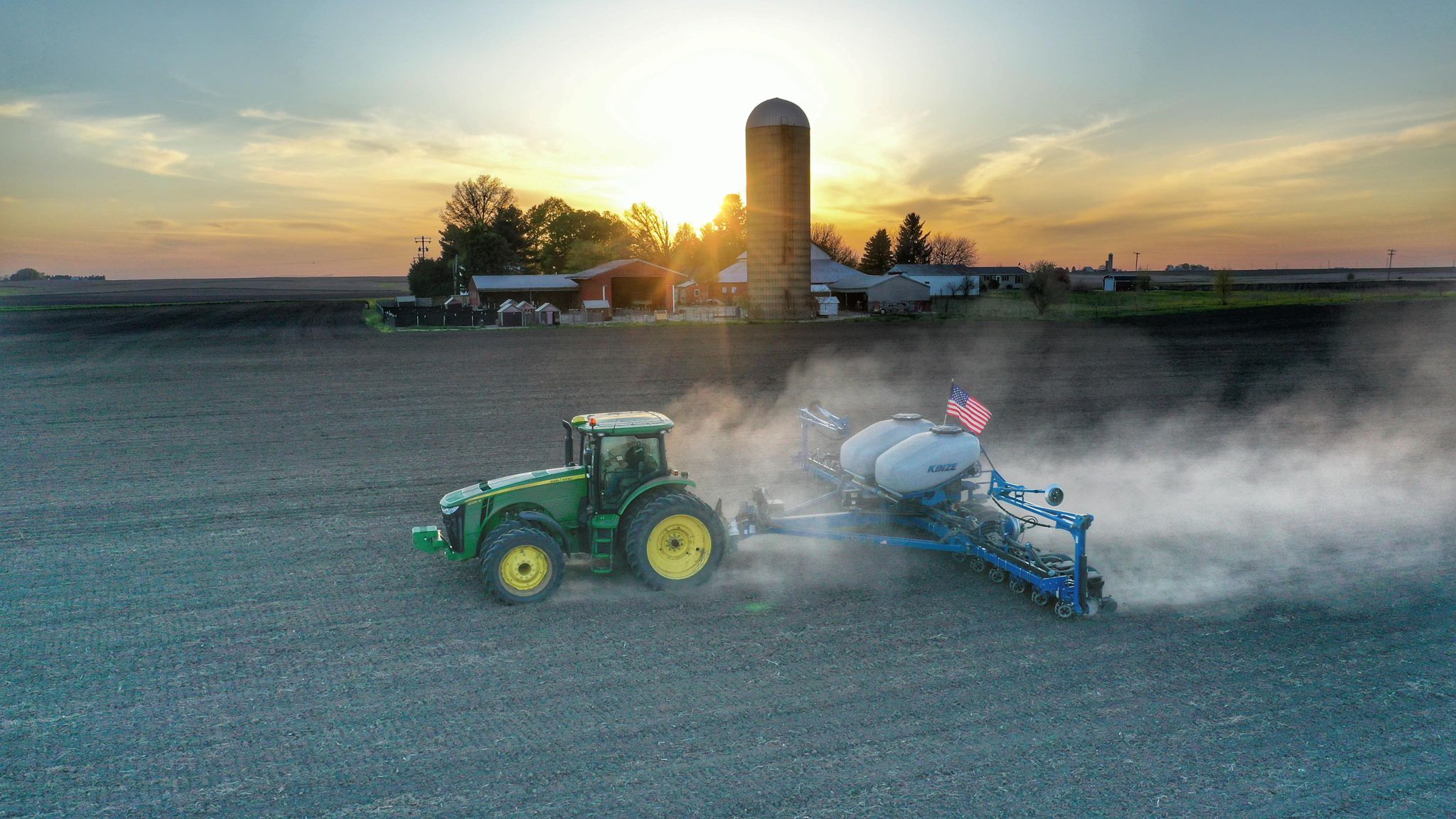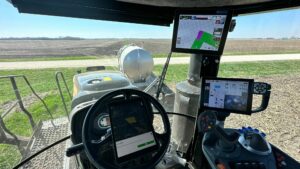After tackling and talking about all the new ag tech coming towards grower customers in the field, there’s still some hiccups to adopting and adapting to new ag tech. Joseph Byrum believes a major difficulty lies in the language barrier between the different disciplines and various companies as well as the corresponding scientific communities.
“The challenge in agriculture is that it has the structure of an oligopoly with a few major players that have little incentive to collaborate. The collective potential and knowledge in agriculture will not be liberated until this is addressed,” Byrum, chief technology officer at Consilience AI, says.
There are a lot of dollars entering the pipeline in the ag tech and sustainability space. As of December 2022, USDA has committed to invest $3.1 billion in 141 selected projects under Partnerships for Climate-Smart Commodities. Steve Cubbage, president of Longitude 94, believes there is a lack of focus on understanding the technology at the grower level is not where it needs to be to make some progress that can catch up to the technology that is out there.
“We have a gap that exists with the legacy tech at the grower level. In order for AI to work, you’ve got to have good data and you have to have lots of it. And we’re just not there yet in many cases. A lot of growers may have a yield monitor, but they may not have spray records or a lot of that other supporting data we need,” Cubbage says.
And he believes it could be an uphill battle to get it. He’s seen older farmers do a much better job of keeping diligent paper records in their file cabinets than today’s generation does keeping accurate records using the latest digital technology.
“We need the same commitment that made those old pocket notebooks so valuable to the way data is handled today — and that’s digitally,” Cubbage says.
Helping growers take ownership of that data and ensuring it’s consistent is one missing piece to seeing the seed industry truly utilize all precision ag has to offer.
“I know it’s frustrating for the researchers and the seed companies because the data is just very messy,” Cubbage says.
To do this, tech companies like Bushel and others are working towards helping the agriculture industry build the necessary digital infrastructure to allow information to be transmitted seamlessly across the supply chain, effectively doing away with the paper scale ticket farmers have been used to for decades.
But it will also take consistent training and reminders to build these digital best practices.
Quantum Breeding
Historically, plant breeding has been treated like an “arms race,” with the rationale that more is better. “More yield testing plots, more molecular markers, more screening and selection techniques of ‘x’ but every ‘system’ across domains eventually experiences diminishing returns and eventually, one needs to ask how to reimagine the problem,” Byrum says.
“It is time for a mathematical revolution in agriculture,” Byrum says.
He explains that in the past, computational power did not exist to conduct the ideal mathematical approaches but now both data and computational power are often not limiting and we need to embrace the future of quantum computing, something that is only really being utilized outside the ag industry in spaces such as finance and military applications.
“There is opportunity in the ag start-up ecosystem to fill this gap. On the technology side, I estimate that a pure quantum technology solution to be available in five to 10 years. The good news is that you do not need to wait because there are several paths that utilize partial solutions that are a significant leap forward,” Byrum says, mentioning this revolution will be both disruptive and exciting.
“Today’s competitive advantage in breeding is dependent on scale and efficiency but what if scale and efficiency are no longer the key competitive barriers? The potential is to deliver products to a grower with greater precision and speed with lower cost of development,” Byrum says.
Not Fiction — Future!
The future of food is happening now, and seed companies need to be ready to lead as technology continues to evolve.
“Even outside of ag, on the AI and the robotics side of things, we probably have no idea just how fast it’s moving behind the scenes. We’re looking at a warp speed we probably aren’t ready for and it’s going to have a huge impact on things that are happening,” Cubbage says.
Byrum expects to see a huge impact on the discovery space, comparable to the biotech and big genomics wave of the 90s and 2000s,
“Now we’re focused on proteomics or protein genomics,” Byrum says, mentioning that China has committed to spending $1 billion on that alone.
Proteomics studies the compositions, structures, interactions and functions of proteins and their cellular activities. This can reveal how specific genes are expressed while traditional genomics only reveals what genes are present.
“Biotech 2.0 will be huge. I believe the biotech space is ripe to explode,” Byrum says.
Colby believes seed companies can continue to lead the charge in embracing the advances offered by ag tech, both because of their size and positioning in the industry.
“The seed industry is so specialized, so like they’ve done for the last 20 years, they’ll be able to capitalize on a lot of this tech earlier than others in the ag world,” he says.
And that’s critical to continuing to feed the world.
“The quicker we can get new genetics that are needed to the farm gate, the better off we’re going to be. A lot of these technologies, from the field to the lab, are going to be able to help ensure that our seed stocks are better than they’ve ever been and they can meet the demands of the farmer,” Chad Colby, founder of Colby AgTech, says.

Easy Advice to Apply to Tech
Colby’s advice for anyone looking for an easy first step? If your iPhone is more than four or five years old, get a new one!
“Tech is moving so fast, and there are new tools that just will not work with those older phones,” he says.
And did you know newer models allow for automatic voice isolation when speaking? That’s a game changer when taking business calls around loud machinery. Look for it in settings and try it today!
Make sure to read the first part of this piece.













